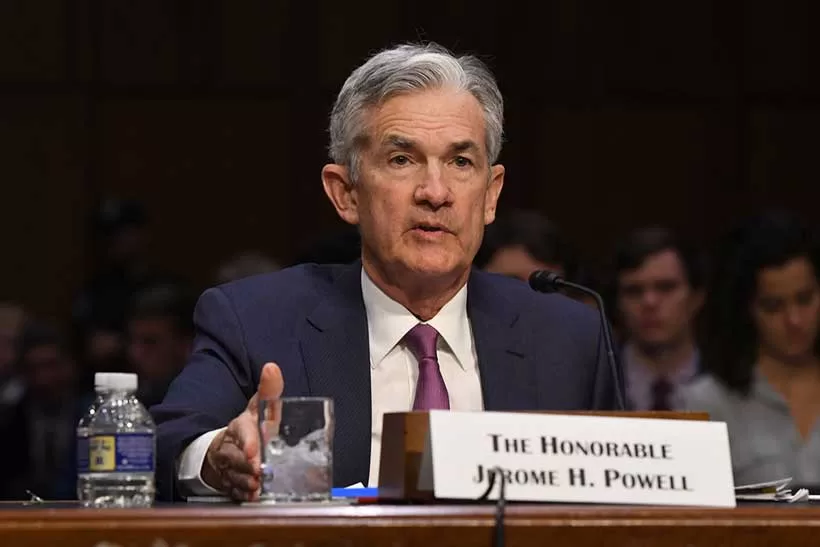Additionally, the PCE price index increased by 3.4 percent in the first three months of this year, compared to a 1.8 percent rise in the final quarter of last year. Federal Reserve Chair Jerome Powell emphasized the importance of sustained data signals over short-term fluctuations during a press conference following the two-day policy meeting.
“Inflation has eased over the past year but remains elevated. In recent months, there has been a lack of further progress toward the Committee’s 2 percent inflation objective,” the Federal Open Market Committee (FOMC), the Fed’s policy-setting body, said in a statement.
“The economic outlook is uncertain, and the Committee remains highly attentive to inflation risks,” the statement said.
During the press conference, Powell chose not to provide any comments regarding the possibility of three rate cuts occurring this year. Although this was the projection made by the Federal Reserve in March, market participants are now expecting a smaller number of reductions. According to the CME FedWatch Tool, there is currently a probability of approximately 43.6 percent for the Fed to cut rates in November, compared to a 33.6 percent chance of another pause. Powell dismissed concerns about stagflation, stating, “I have experienced stagflation before. It involved 10 percent unemployment, high single-digit inflation, and very slow growth.”
“Right now we have 3 percent growth, which is pretty solid growth … And we have inflation running under 3 percent. So I don’t really understand where that’s coming from,” he said.
Powell said he thinks it’s “unlikely” that the next policy rate move will be a hike. “The policy focus … has really been on what to do about holding the current level of restriction,” he said.
The Federal Reserve will start reducing the monthly redemption cap on Treasury securities from 60 billion U.S. dollars to 25 billion dollars in June, as stated in the FOMC statement. Additionally, the Committee will keep the monthly redemption cap on agency debt and agency mortgage-backed securities at 35 billion dollars. Any principal payments exceeding this cap will be reinvested in Treasury securities. This recent decision indicates the Fed’s plan to slowly diminish the quantity of bonds being sold from its balance sheet, leading to the eventual end of the process referred to as “quantitative tightening.”
“A decision to slow the pace of run-off does not mean that our balance sheet will ultimately shrink by less than it would otherwise, but rather allows us to approach its ultimate level more gradually,” Powell said.
“In particular, slowing the pace of run-off will help ensure a smooth transition, reducing the possibility that money markets experience stress, and thereby ensuring our holdings that are consistent with reaching the level of ample reserves,” he said.
